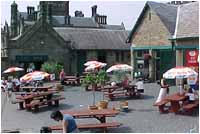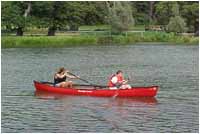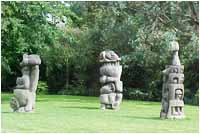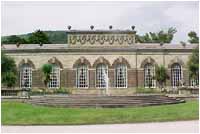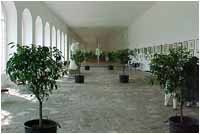 |
|
About Margam Park... An 850 acre country park, once owned by the Talbot family whose name the local town bears, it is now owned and run by Neath Port Talbot County Borough Council. Within its boundaries are large open spaces, woodlands, lakes, a deer and sculpture park and a number of important buildings of historic interest. Today Margam Park is one of the major tourist attractions in Wales. Margam historic core centred on the orangery is a conservation area its buildings and structures listed by CADW, (Welsh Historic Monuments) and of national importance, the parkland itself has recently been designated a Landscape of Special Historic Interest.
Margam Park is a remarkably diverse and varied landscape within which there is evidence of over 4,000 years of continuous habitation and use by man and as such represents a rare and valuable learning resource and a heritage attraction of considerable distinction. It is of exceptional historic and scenic value and has some of the country’s finest architectural treasures in its magnificent setting
The 850 acre country estate situated two miles east of Port Talbot on the narrow coastal plain, set on the southern slopes of Mynydd Margam, a largely forested mountain rising to a height of 349m AOD, is one of the major ancient settlements of Glamorgan. It’s history can be traced back to pre-historic times, Bronze and Iron Age relics abound the area, and evidence exists of Roman and extensive Celtic occupation, the deer herd probably introduced by the Romans.
It has been a place of particular religious importance throughout it’s history. The Norman Abbey, founded in the mid 12th Century was, until its dissolution at the hands of Henry VIII, a religious centre of major importance in South Wales. The remains of the Abbey are extensive, the ruined Chapter House being of exceptional architectural quality. Following the Dissolution, successive owners built and rebuilt their houses on the Abbey site. The surviving buildings form a unique record of its historical and architectural development. In the late 18th century considerable redevelopment took place, the area was laid out on classical lines as parkland and the famous Orangery built which remains one of the largest and most outstanding buildings of its kind in the country.
In the early 19th century the park was further enhanced and extended and the present Margam Castle was built. This Tudor ‘style’ Mansion remained in use until the end of the second world war, and the ensuing quarter of a century of neglect took its toll and the building was in a badly deteriorated condition when acquired by the present owners. The Park was officially opened to the public in 1977 since which some four million people have visited to enjoy the countryside, gardens and heritage; for environmental education and to use the facilities socially.
|



